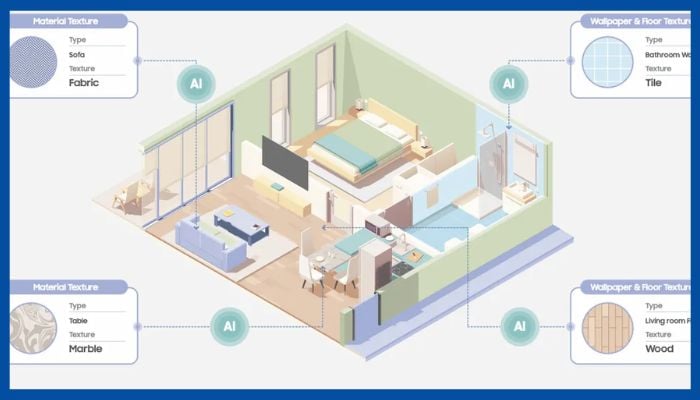
Samsung during its Galaxy Unpacked 2025 event announced that its connected appliances and smart home devices will soon function as motion and sound sensors for its SmartThings platform.
This includes televisions, Music Frame speakers, Family Hub fridges, and more. These updates are expected to be rolled out in 2025 and 2026.
As part of its “AI for All” vision, Samsung aims to simplify home technology using artificial intelligence. By integrating sensors into its appliances, Samsung’s new Home AI can gather insights from daily life to create personalised experiences, transforming homes into smarter and more efficient spaces.
However, this ambient sensing will use motion and sound sensors to suggest automation and experiences based on wellness, security, energy savings, and entertainment.
Samsung brings ambient sensing to SmartThings
The SmartThings platform will be able to recognise and understand daily activities like cooking, exercising, and sleeping, to create the perfect environment for users.
For example, motion sensors in Samsung TVs can detect exercise routines, guide form, and provide optimal exercise times. When someone sits in a chair, SmartThings can turn on a reading lamp and adjust the room temperature.
The system can even identify a pet jumping on the couch and activate the air purifier to remove allergens.
Samsung assures that all data from these sensors is stored locally on the SmartThings hub and does not go to the cloud, addressing privacy concerns. The technology likely involves mmWave radar sensing, known for its precision in detecting specific movements.
In addition, Samsung has announced updates to its Map View feature, which allows users to interact with connected devices through a visual interface on their phone, computer, or TV. The generative AI upgrade will provide a deeper understanding of a home’s layout and environment, adding more personalisation.
















